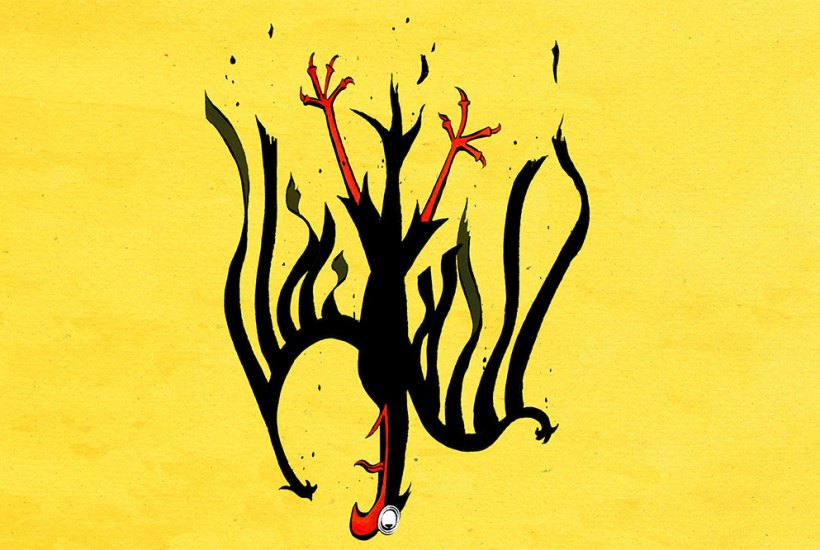![]()
00:00
06:48
Lisa Haseldine has narrated this article for you to listen to.
Last year, Olaf Scholz, the German Chancellor, made a pledge that would have been unthinkable not long ago: to send a combat brigade to be permanently deployed in Lithuania. The plan was to station almost 5,000 troops an hour away from the Suwalki Corridor, the 40-mile-long border between Poland and Lithuania, flanked by Belarus to the east and the Russian exclave Kaliningrad to the west.
Already a subscriber? Log in
Subscribe for just $2 a week
Try a month of The Spectator Australia absolutely free and without commitment. Not only that but – if you choose to continue – you’ll pay just $2 a week for your first year.
- Unlimited access to spectator.com.au and app
- The weekly edition on the Spectator Australia app
- Spectator podcasts and newsletters
- Full access to spectator.co.uk
Or
Unlock this article
You might disagree with half of it, but you’ll enjoy reading all of it. Try your first month for free, then just $2 a week for the remainder of your first year.








Comments
Don't miss out
Join the conversation with other Spectator Australia readers. Subscribe to leave a comment.
SUBSCRIBEAlready a subscriber? Log in